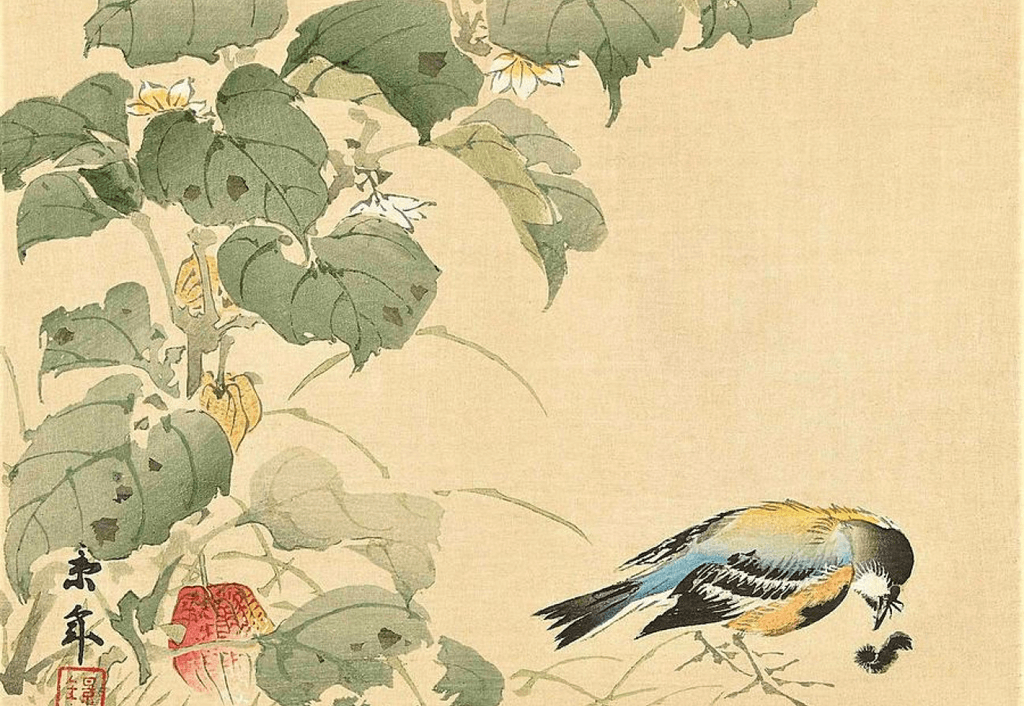Japan is famous for its different art styles; one of its most recognizable is nihonga. Whether painted on a screen or a scroll, this art form intrigues visitors and inspires artists worldwide. We invite you to join us as we explore the history and development of nihonga, the different techniques and materials it uses, and some famous nihonga artists. Finally, we’ll tell you where you can see this beautiful artwork for yourselves.
Table of Contents
ToggleWhat is nihonga?
Nihonga refers to traditional Japanese painting instead of Yōga (Western-style painting). However, later nihonga painters subtly incorporated Western techniques, blurring the line between the two. The differences are more evident in the materials artists use. Nihonga was usually painted on silk or washi (Japanese paper), since they were durable and easy to handle.
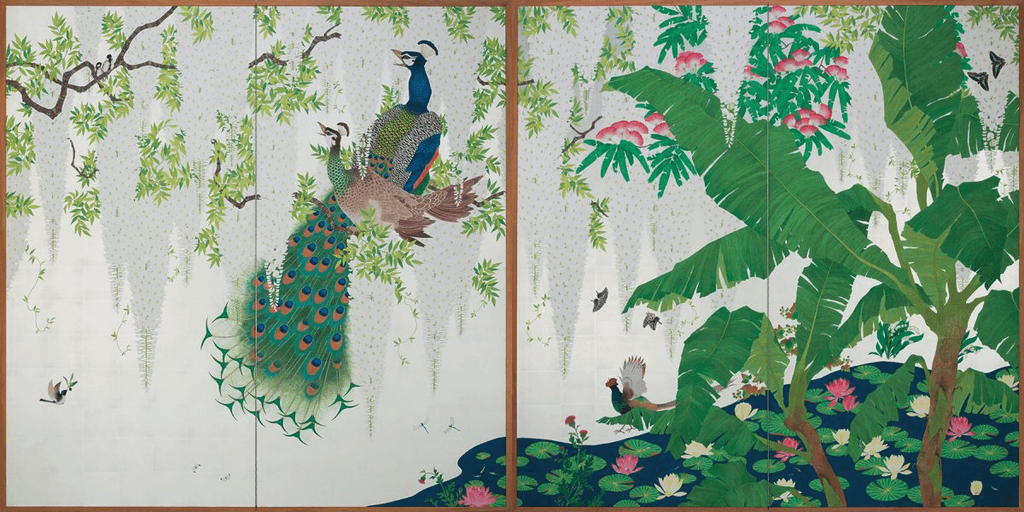
Artists also mixed paints with nikawa (glue made from fishbone or animal hide), and applied it with brushes made with animal bristles and water. For monochrome paintings, they used soot-based sumi (ink); for polychrome, they used iwaenogu (mineral pigments), sometimes adding gold and silver leaf or powder. They also employed specific techniques, including bokashi (gradation), sumi-nagashi (ink-floating), and mokkotsu (few or no outlines).
What is the history behind nihonga?
During the Meiji Period, there was a growing fascination with Western art, with more schools teaching it instead of traditional Japanese painting. American art historian Ernest Fenollosa became enamored with native Japanese art. He and art critic Okakura Tenshin co-founded the Tokyo School of Fine Arts (now the Tokyo University of the Arts). In 1898, they and other artists formed the Nihon Bijutsuin (Japan Visual Arts Academy).
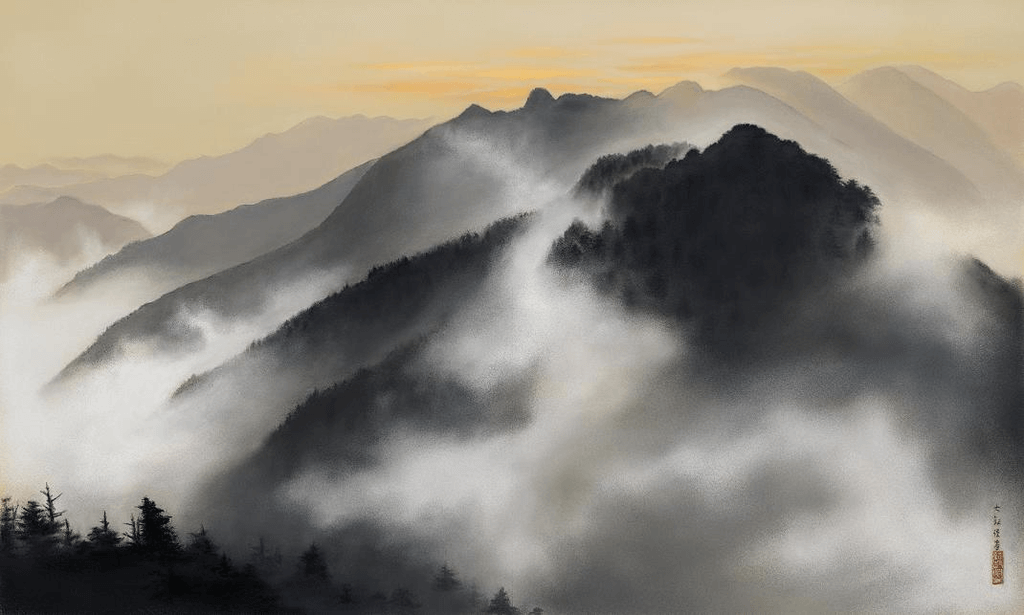
Nihonga was initially showcased at the Bunten (Fine Arts Exhibition). However, the artists established the Inten and the Kokuten exhibitions due to their political and rigid nature. After World War II, people viewed nihonga as restrictive and nationalistic, and artists also eschewed it for more experimental art forms. As a result, artists revived it in the 1980s and continue to study and create it.
Who are some favorite nihonga artists?
Hashimoto Gahō (1835-1908)
Hashimoto Gahō is considered the founder of nihonga. He was one of the last artists in the traditional Kanō art school. Another artist, Okakura Tenshin, invited him to teach at the Tokyo School of Fine Arts. In 1898, they left to co-found the Nihon Bijutsuin, where Hashimoto taught until his death. Several paintings, including Dragon and tiger, were later designated Important Cultural Properties.
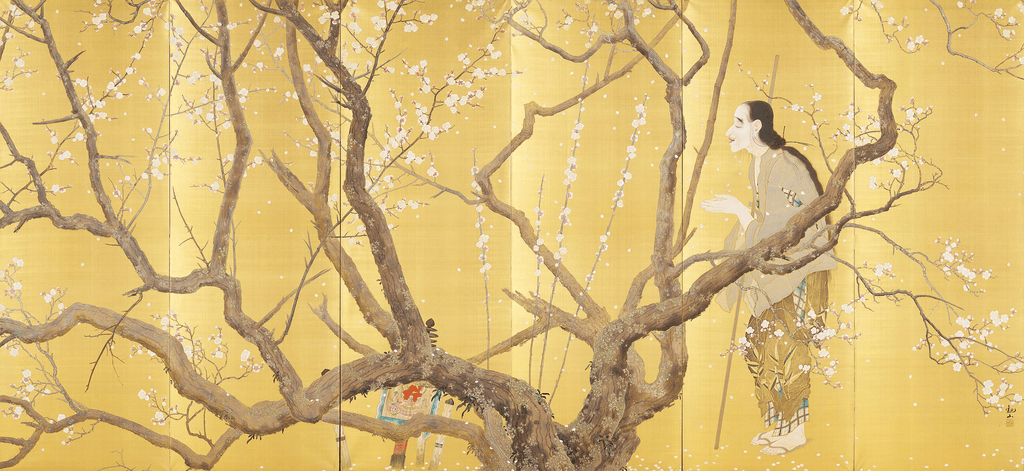
Yokoyama Taikan (1868-1958)
Yokoyama Taikan attended the first graduating class of the Tokyo School of Fine Arts and co-founded the Nihon Bijutsuin. He and fellow artist Hishida Shunsō developed mourou-tai (blurred style), which used softer colors and few or no line drawings. Yokoyama later became famous for his ink paintings. His house is now the Yokoyama Taikan Memorial Hall in Taito City, Tokyo.
Uemura Shōen (1875-1949)
Uemura Shōen was famous for her bijin-ga (pictures of beautiful women) inspired by ukiyo-e (Japanese woodblock prints) and Noh theater. She had a firm control of negative space and color. Additionally, Uemura was the first woman to receive the Order of Culture and the first to have a painting (Jo-no-mai) designated as an Important Cultural Property.
Are you interested in enjoying some traditional Japanese snacks? Check out Sakuraco! Sakuraco delivers traditional Japanese snacks, teas, and sweets from local Japanese makers directly to your door so you can enjoy the latest treats directly from Japan!
Where can I see nihonga in Japan?
Narukawa Art Museum
Narukawa Art Museum boasts over 4000 modern nihonga. Besides paintings by famous artists, it also promotes works by lesser-known and emerging painters. The Museum is located in Hakone, Ashigarashimo District, Kanagawa. Open hours are 9:00 am to 5:00 pm every day. For information about admission and upcoming exhibitions, please visit its website.
Yamatane Museum of Art
Nihonga makes up most of this museum’s collection. Instead of a permanent exhibition, there are five or six special exhibitions each year. The Yamatane Museum of Art is in Hiroo, Shibuya City, Tokyo. It’s open from 10:00 am to 5:00 pm every day, except Monday after a national holiday and from December 29 to January 2. You can also visit the museum’s website for information about exhibitions and fees. There is a discount for visitors wearing kimonos.
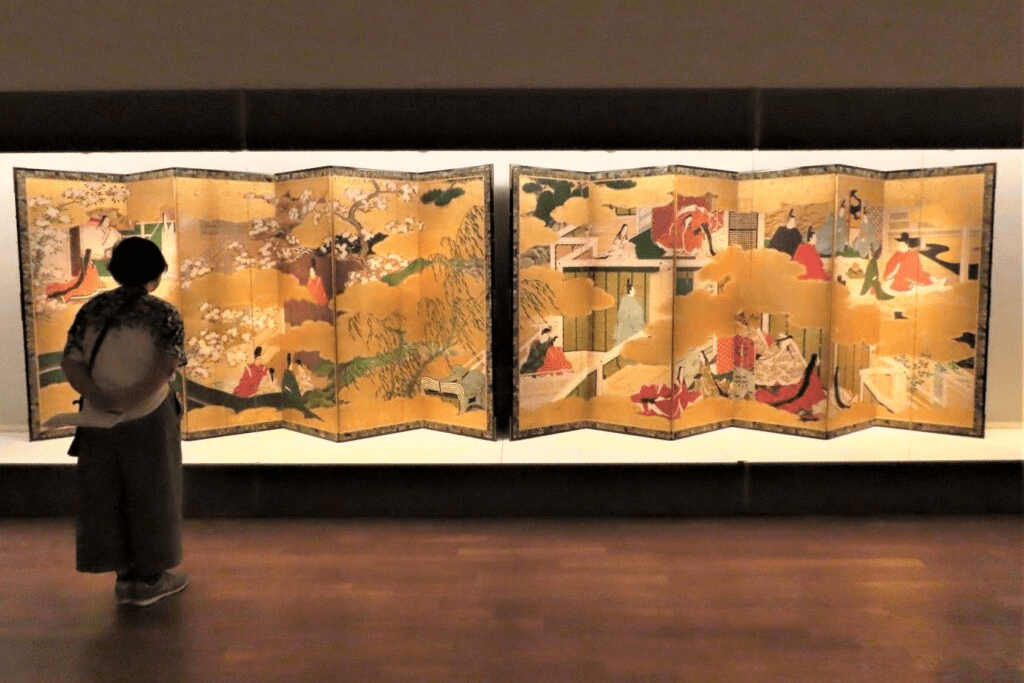
Fukuda Art Museum
Fukuda Art Museum holds 1800 items, including 34 nihonga, focusing on Kyoto artists. It is located in Susukinobabacho, Ukyo Ward, Kyoto, and is open every day from 10:00 am to 5:00 pm, except New Year’s Day. Visitors can also purchase a combined ticket for Fukuda Art Museum and Saga Arashiyama Museum of Arts & Culture for 2300 yen ($16 USD) or an annual pass with a year’s free entry to special exhibitions for 5000 yen ($34 USD). Visit the website for a complete list of admission fees.
Why is nihonga so unique?
Nihonga retains a traditional Japanese style while also incorporating Western techniques. The paintings both pay homage to the past and welcome more contemporary times. Moreover, their materials, including mineral pigments and silk, set them apart from Western oil paintings on canvas, creating a distinct look.
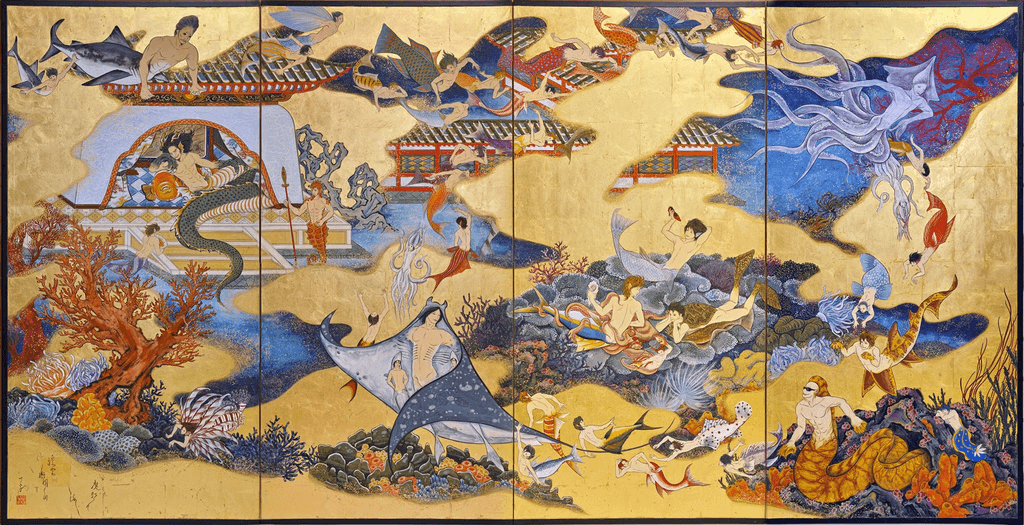
While more detailed than older Japanese art, nihonga maintains an understated quality using simple techniques. Audiences’ eyes are drawn to the subject without needing to sift through additional “noise.” The paintings perfectly showcase Japan’s rich culture, from natural landscapes to mythological characters. Modern Japanese and international audiences are undoubtedly inspired to study, promote, and preserve nihonga. Do you have a favorite nihonga painting or artist? Tell us in the comments below.


